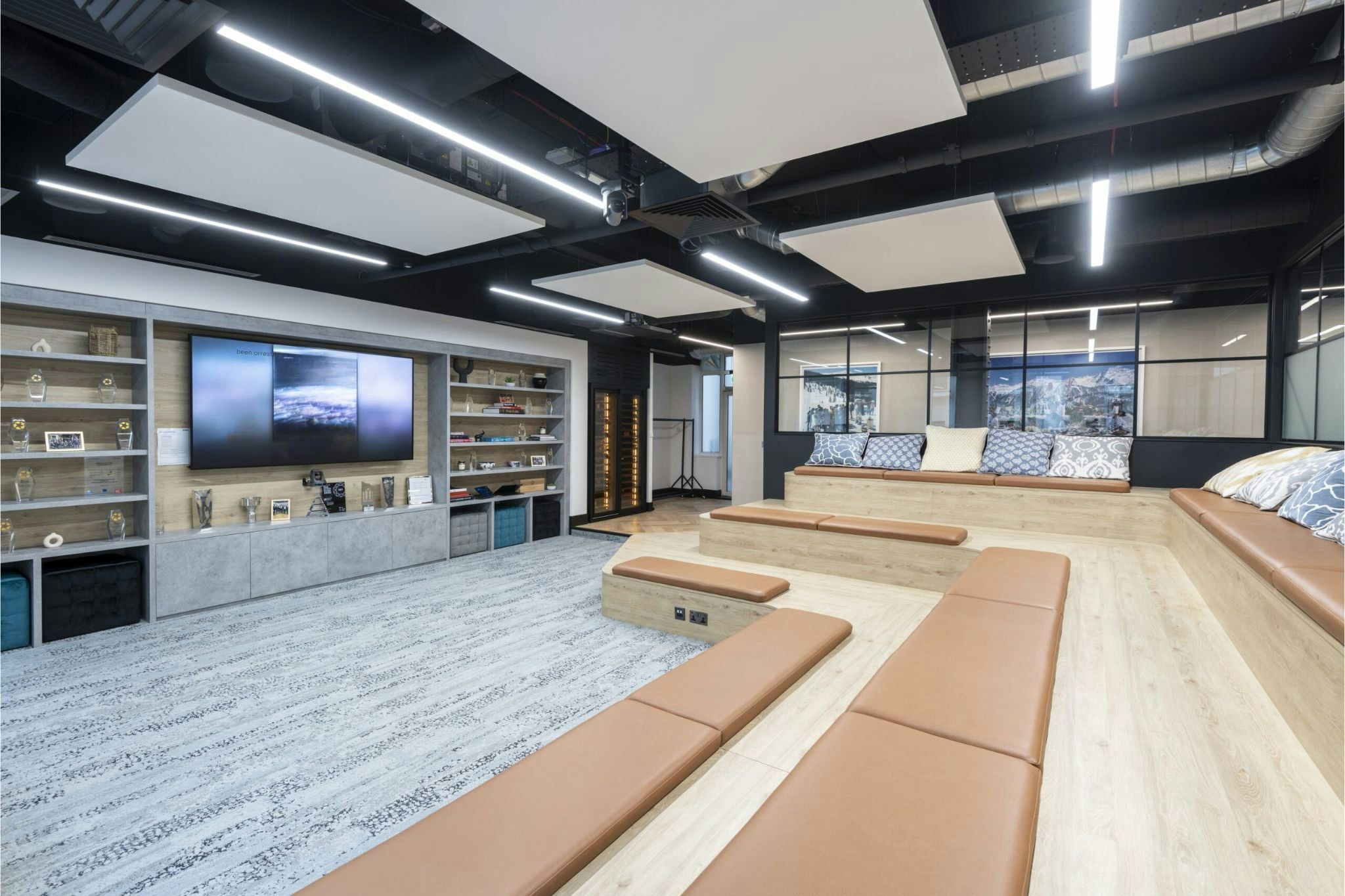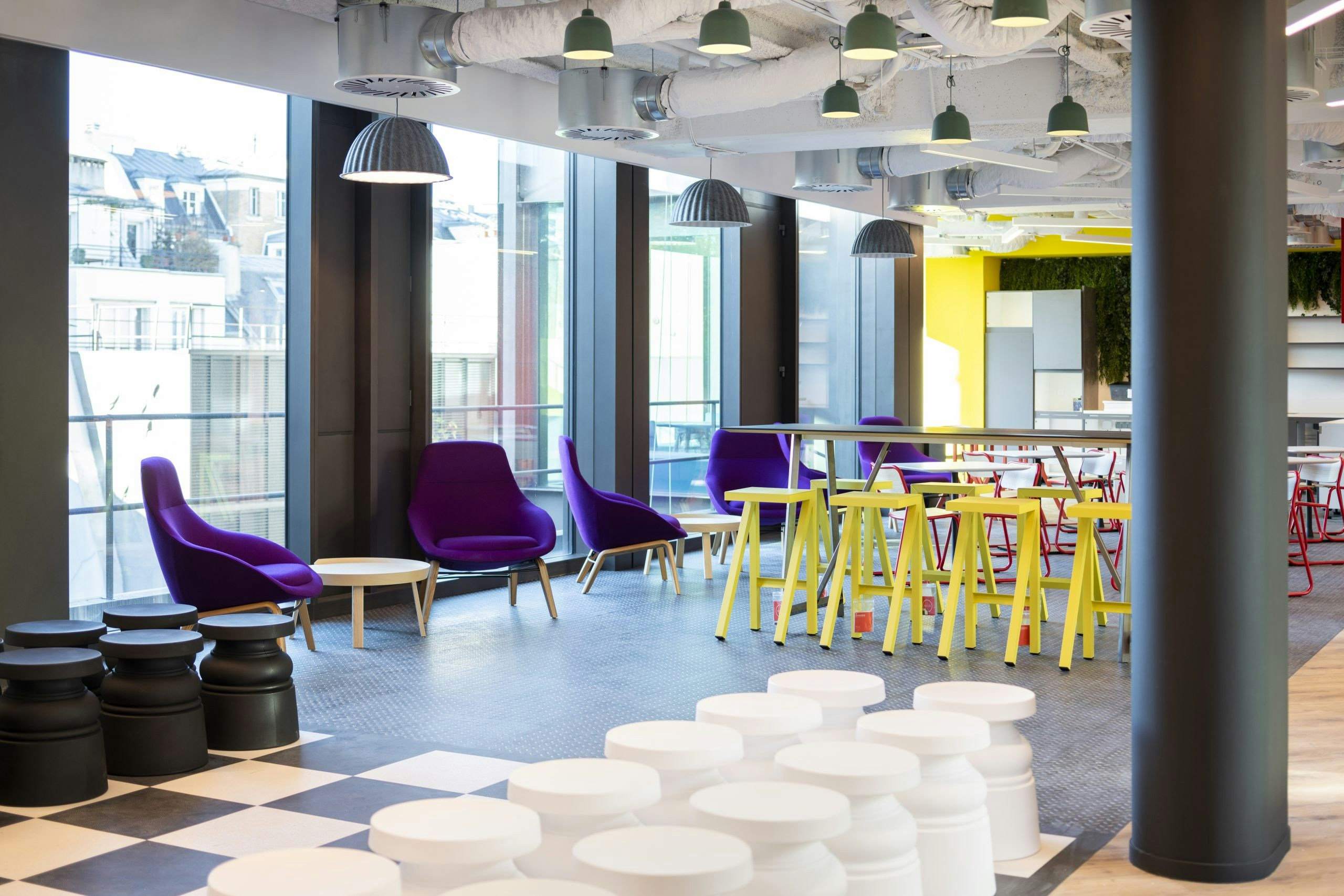When relocating to a new office or refurbishing an existing one, nothing matters more than choosing the right procurement path. Will you streamline with Design & Build (D&B) or stick with the tried-and-tested Traditional Route? Your choice could make or break your budget, timeline, and final finish.
In this article, we unpack the costs, control points, benefits and challenges of each approach – arming you with the insider knowledge to pick the perfect fit for your project goals and company vision.



